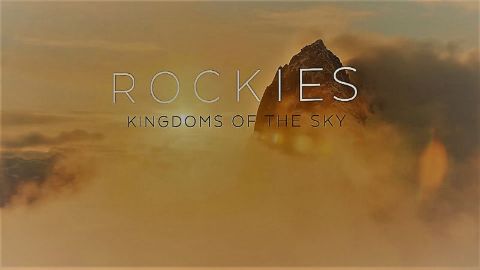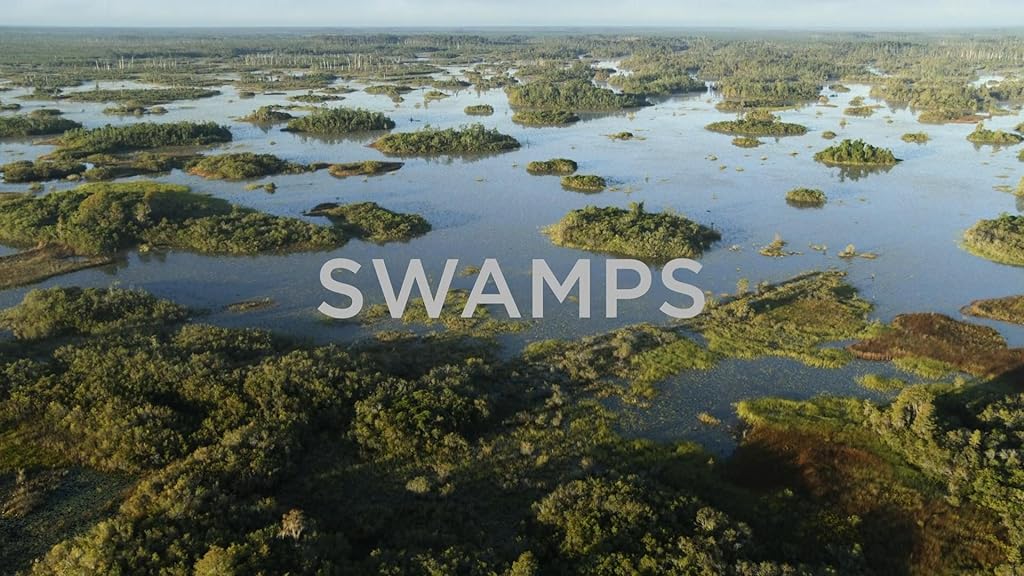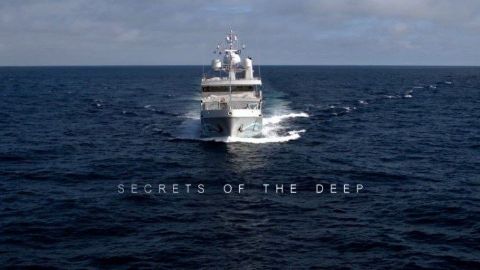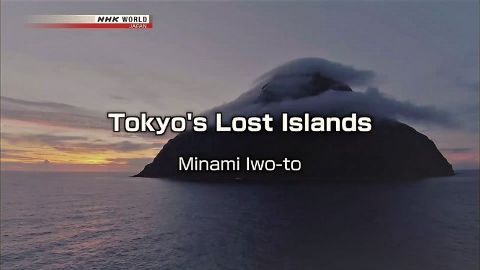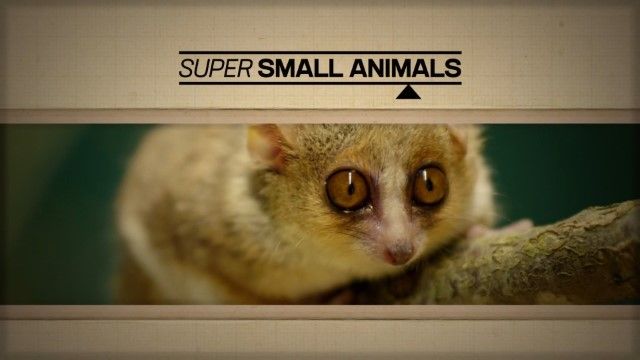Kingdoms of the Sky • 2021 • 3 episodes •
The Rockies stretch 3,000 miles up the length of North America, and are one of the great mountain ranges of the world. These mountains are home not just to cougars, wolverines, wolves, and grizzly bears, but also daredevil wingsuit flyers, which jump from high peaks, and Native Americans, competing in breakneck horse races.
2021 • Nature
See the extraordinary wildlife and people of the Andes. Pumas hunt guanaco, shape-shifting frogs hide in remote cloud forests and the descendants of Inca build bridges of grass. The world’s driest desert, huge salt lakes and spectacular peaks are all found in the world’s longest mountain range.
2021 • Nature
